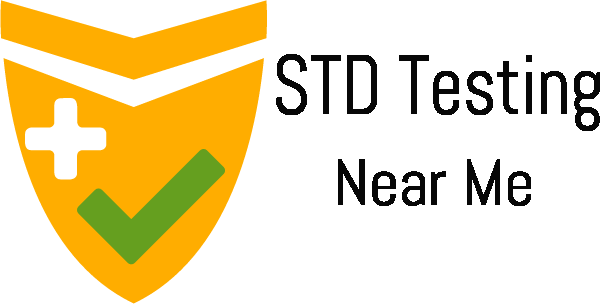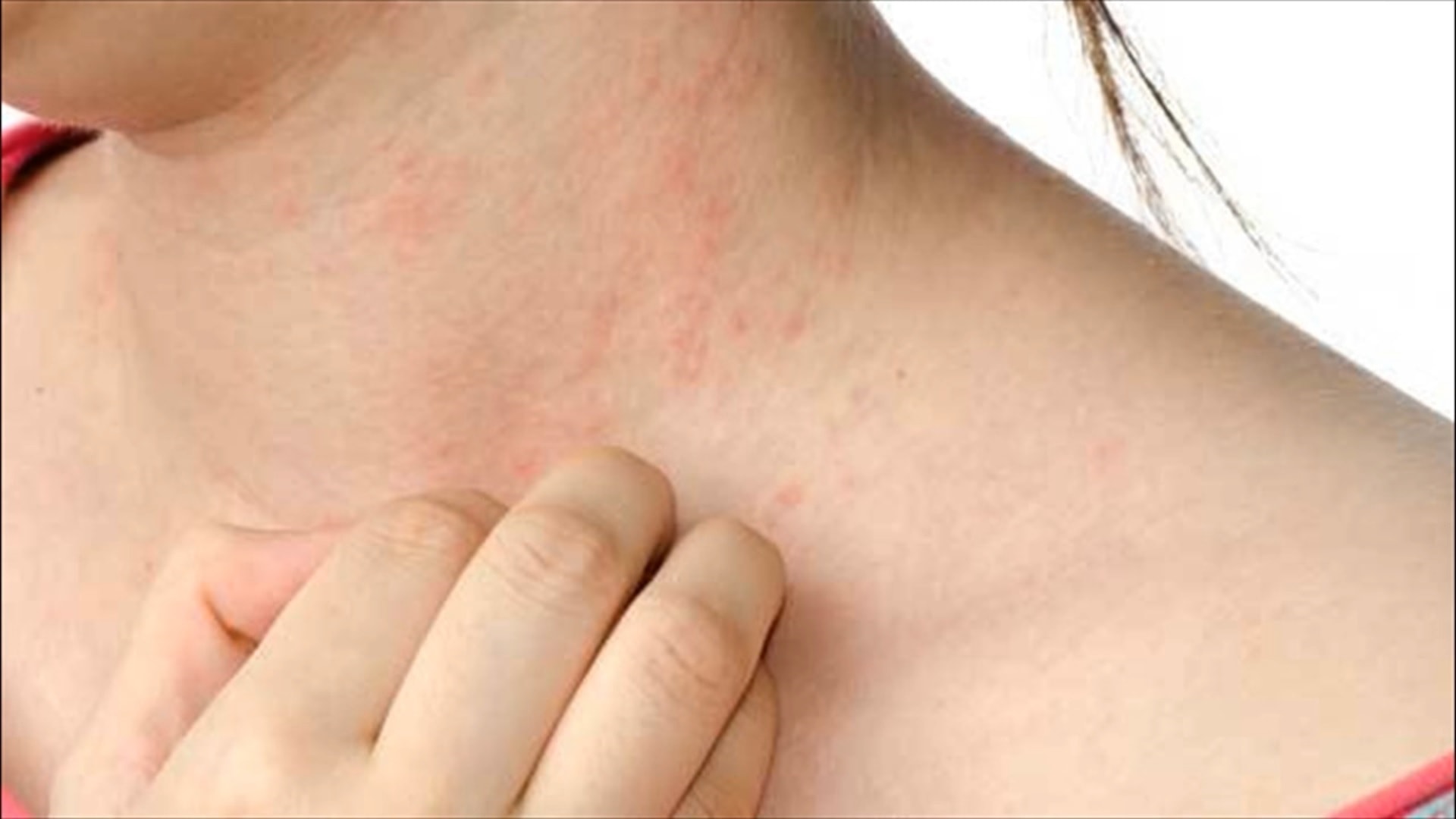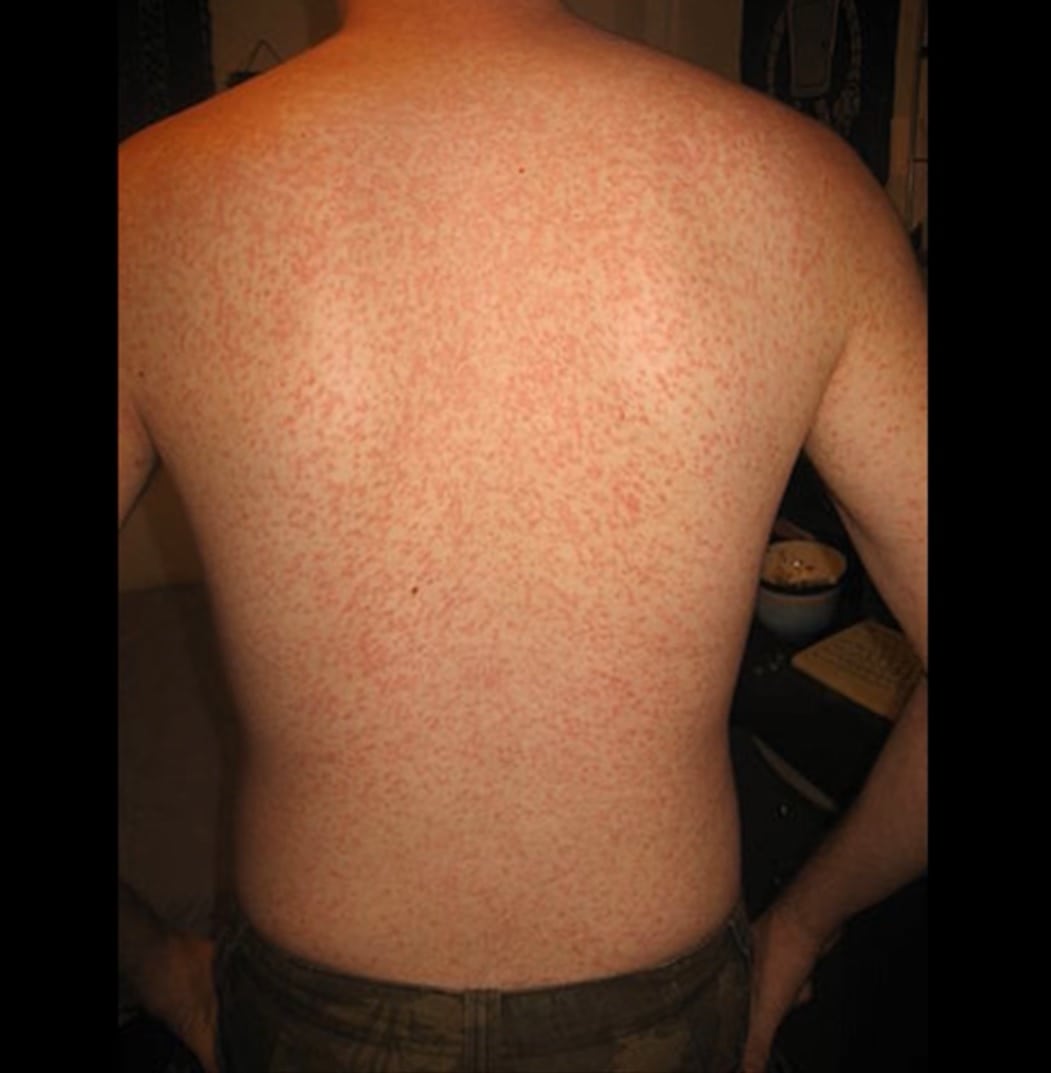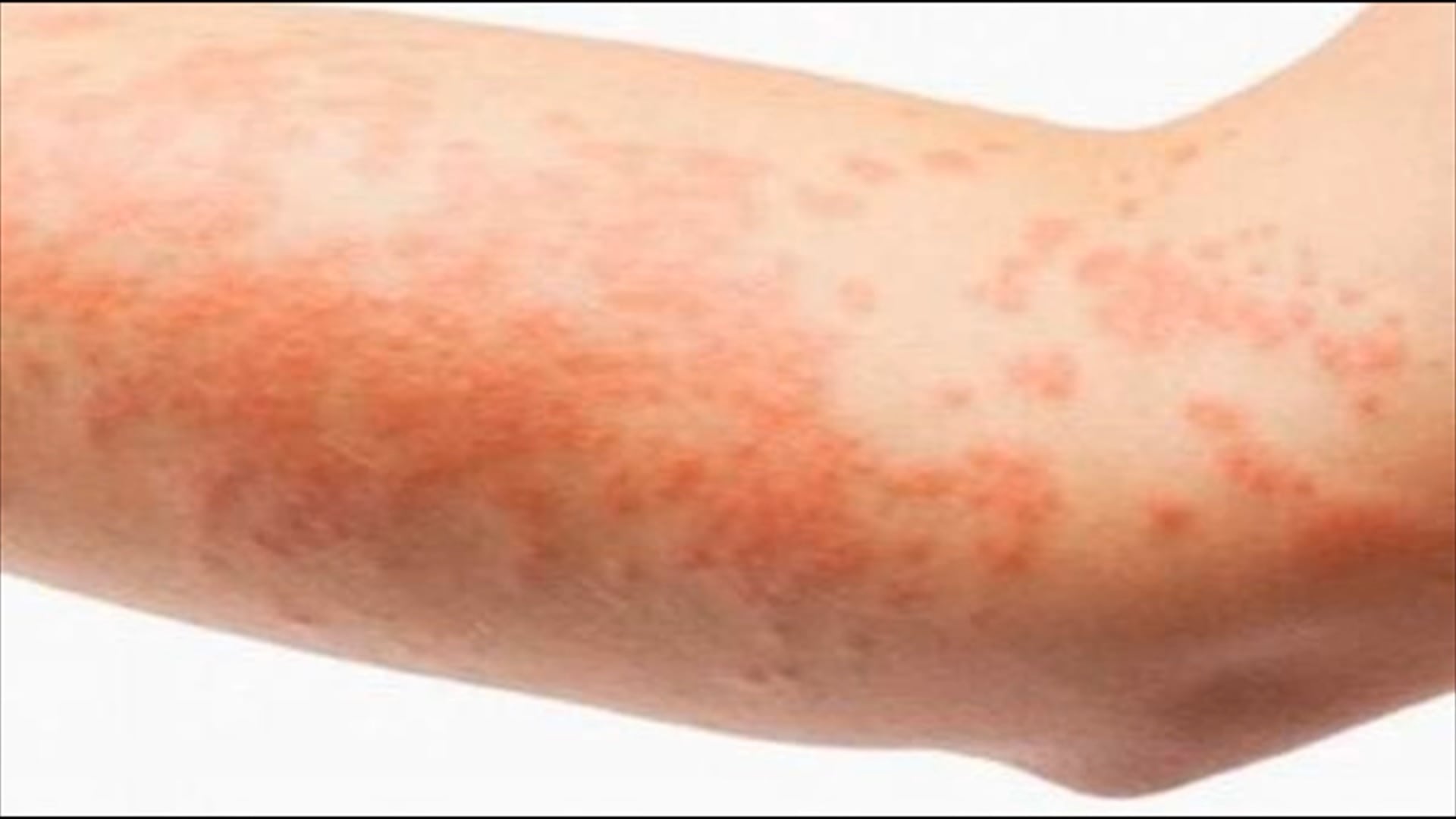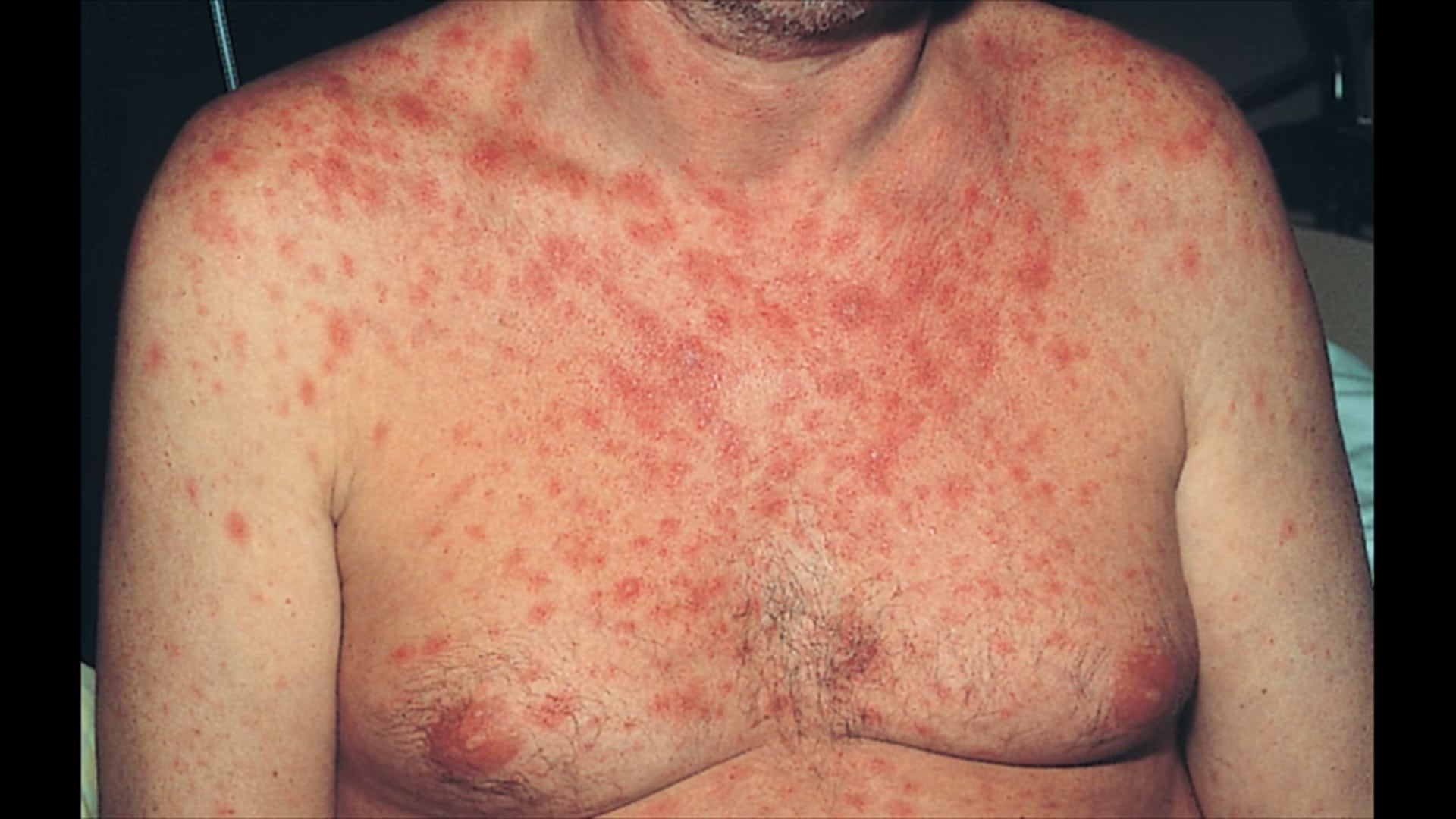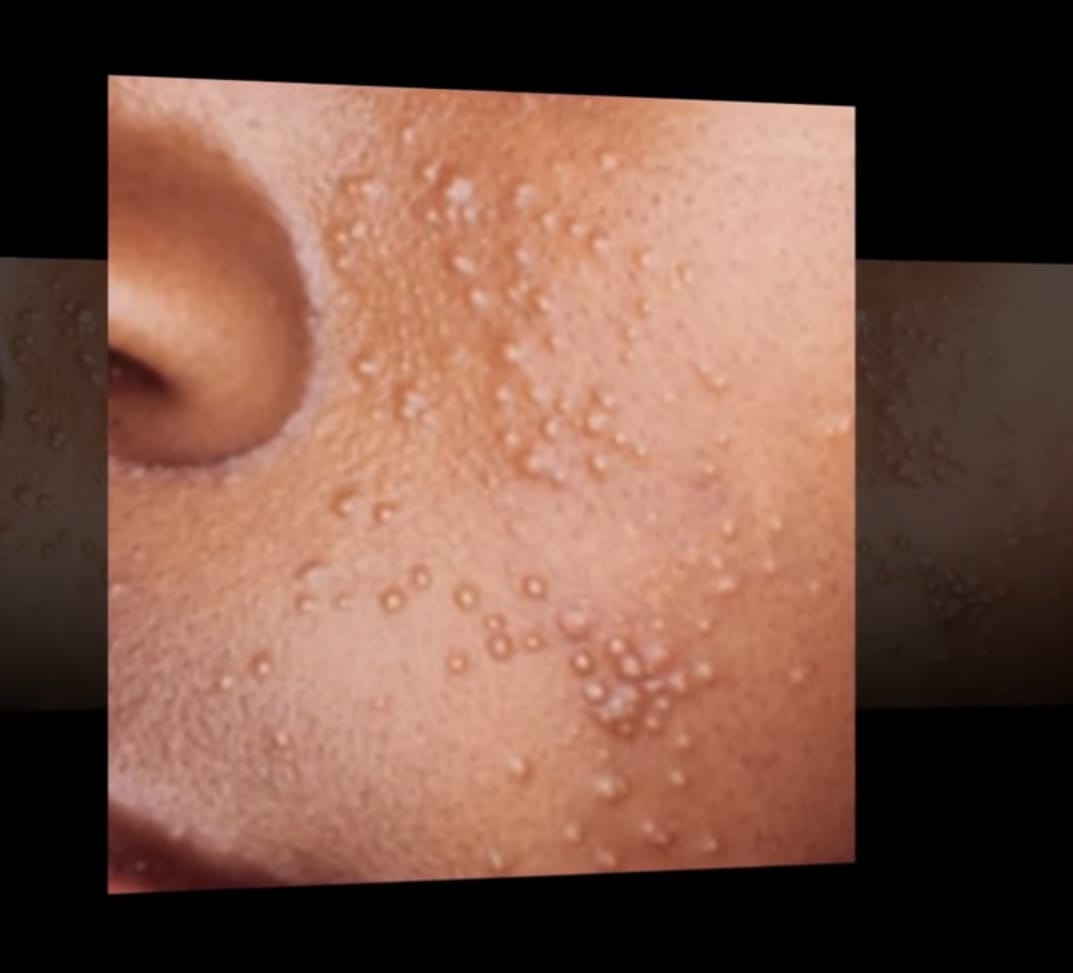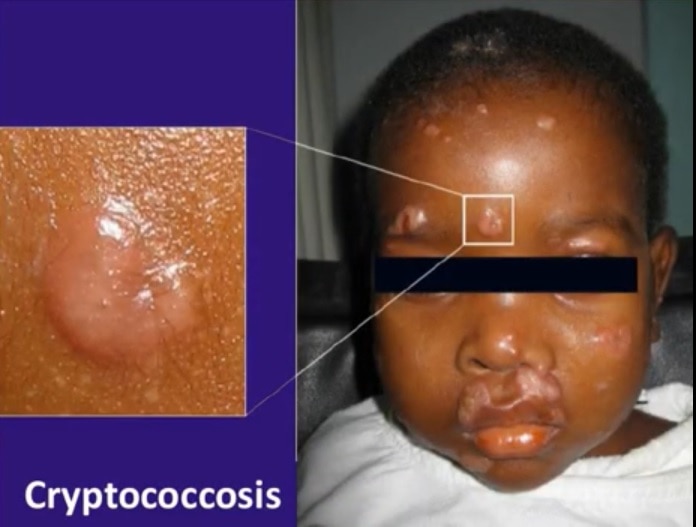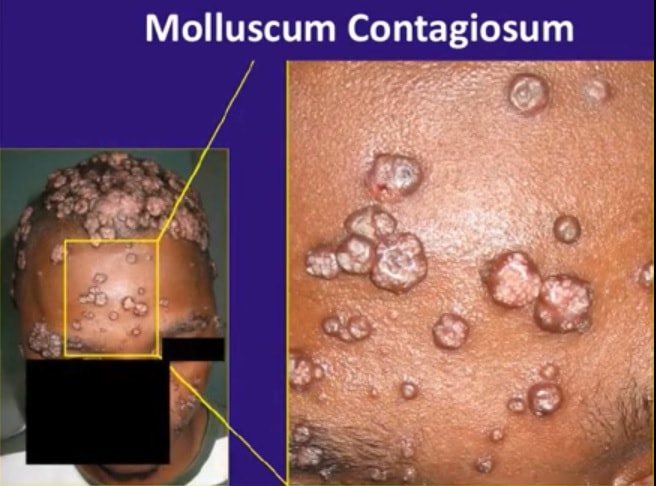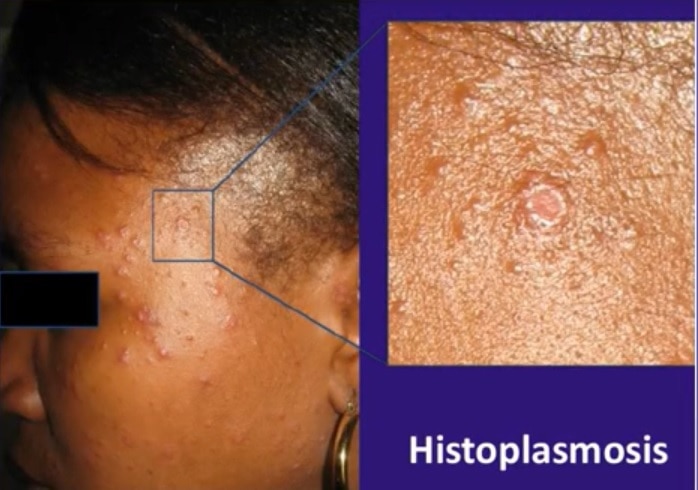What does HIV rashes look like?
HIV rash appears red in color. The texture seems slightly raised and itchy in nature. The main cause of HIV rash is due to the fall in the number of white blood cells (WBC) in your body. It can be detected in 2-3 month of contracting the virus while some people skip this stage. Due to its nature and appearance, an HIV rash can be mistaken with the rash of another viral infection. Therefore, it’s important to learn how to identify this rash and how to treat it. If the rash may be due to a lower immune system, the HIV rash may come and go many times. If the rash is due to certain medication (such as due to antiviral), the change in the dosage may stop the rash from coming. Following are the generic image of HIV rashes appearing on different parts of the body.
Where to look for the HIV rash on the body?
HIV rash usually appears on the shoulders, chest, face, upper body, and hands.
How HIV rashes appear on the skin?
HIV rashes cause blotches and spots on the skin. For people with fair skin, the botches appear red, while that on the dark-skinned people it appears dark purplish. The severity of the rash differs from person to person, in some individuals the rashes appear more severe and while in some HIV patients have a minor rash.
What are the different types of rashes associated with HIV rash?
Following are the Top skin rash symptoms indicating that you may have HIV/AIDS
Eosinophilic Folliculitis
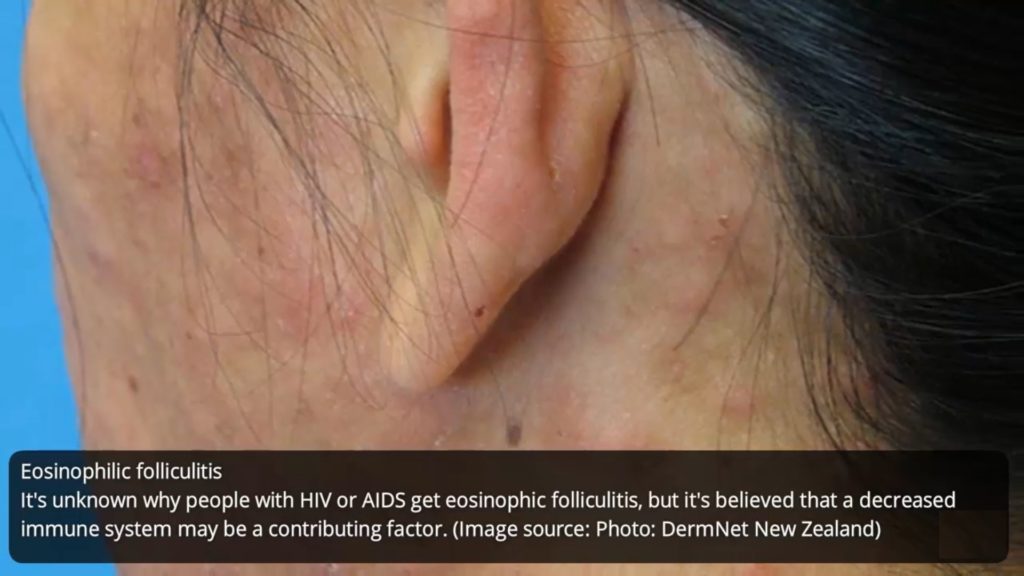
Eosinophilic Folliculitis (EF) is a chronic papulovesicular disease characterized by frequent itchy, red bumps and pustules.
It is seen in late stages of HIV infection as CD4 cell.
Study has found that EF It is predominantly found in homosexual men where only few cases has been reported so far in women.
Herpes Zoster
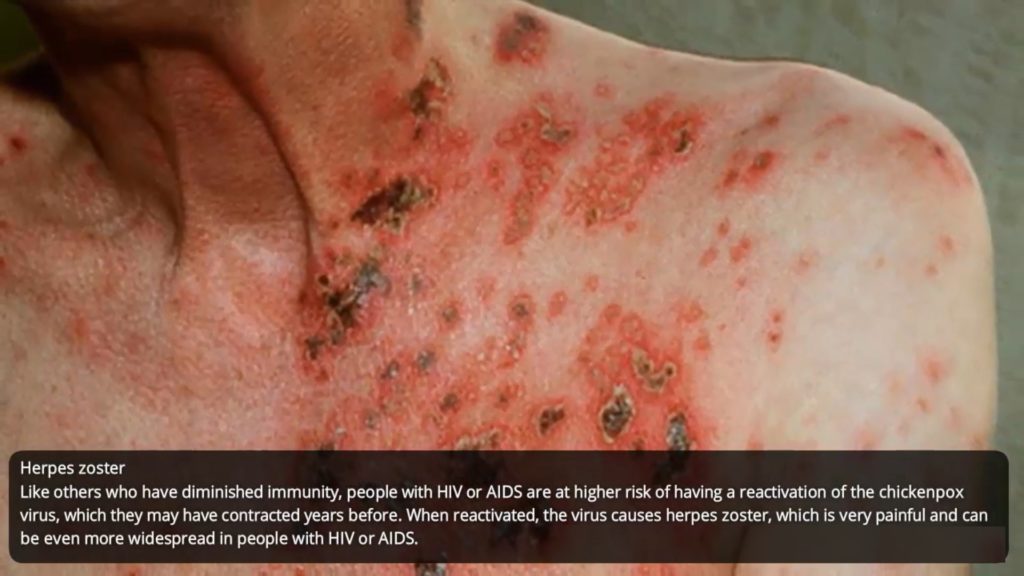
Also known as ‘Shingles’ it is characterized by a painful itchy rash that appears as a stripe of blisters on the torso. It is caused by the virus named herpes varicella-zoster.
Herpes Zoster is observed in the early stage of HIV
Herpes Zoster is mainly found in the sexually active age group viz. 21-30 years.
Atopic dermatitis
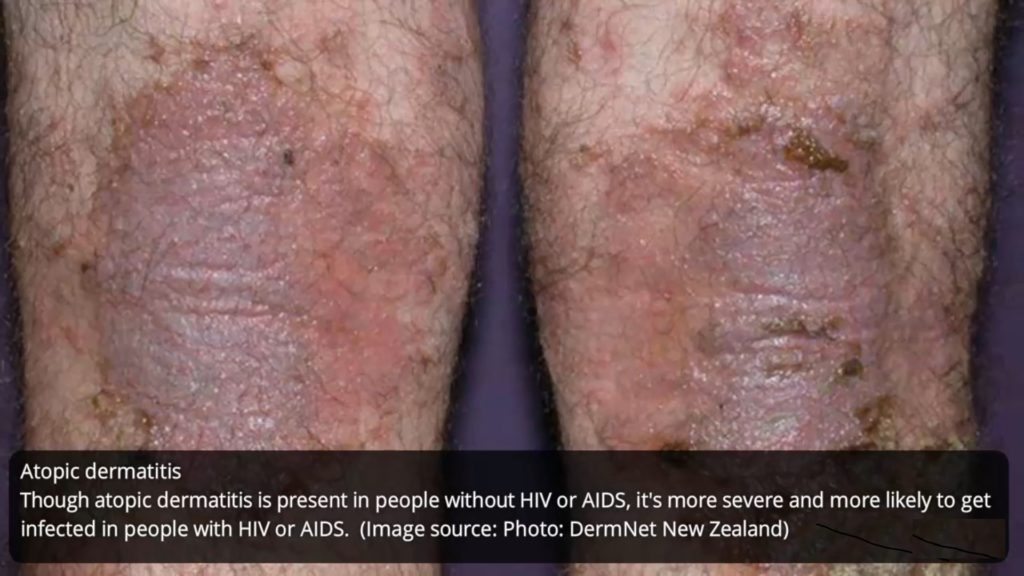
Characterized by scaly plaques associated with papules and vesicles, atopic dermatitis is considered as being a common manifestation of pediatric HIV infection. Unlike other rashes, Atopic dermatitis is a chronic inflammatory condition that often causes red, scaly, and itchy rashes. It appears on many parts of the body, including wrist, legs, ankles, hands, neck, eyelids
Atopic dermatitis is observed in the primary stage of HIV.
Unlike other rashes, atopic dermatitis affects above 30% of the people in the United State alone.
Also read: Identify other STD symptoms based on pictures
Molluscum Contagiosum
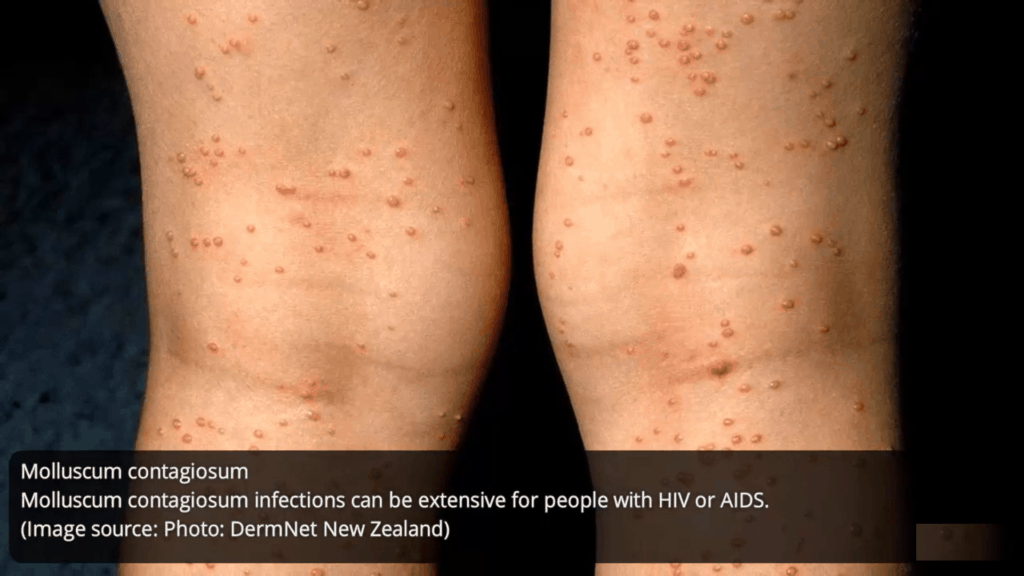
Molluscum Contagiosum is a very common viral infection caused by Molluscum Contagiosum virus (MCV) it causes smooth white or flesh-colored bumps on the skin. The widespread and refractory mollusca of HIV disease occur especially on the face.
As HIV reduces the immune system the MCV infection can be chronic and progressive.
Although, Molluscum Contagiosum infection is contagious it doesn’t spread the HIV virus from person to person.
Photodermatitis
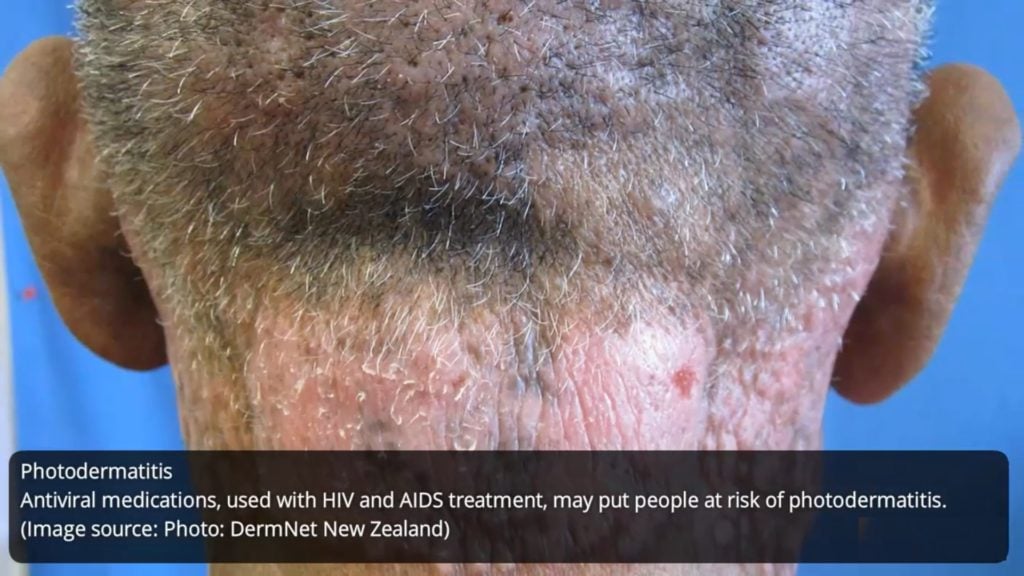
It is the state of the skin reaction wherein rashes, blisters, or scaly patches appears on the skin due to the reaction of being in the sun or more specifically due HIV. It occurs when your immune system reacts to UV rays.
Photodermatitis affects around 5% of HIV-positive patients.
Prurigo nodularis
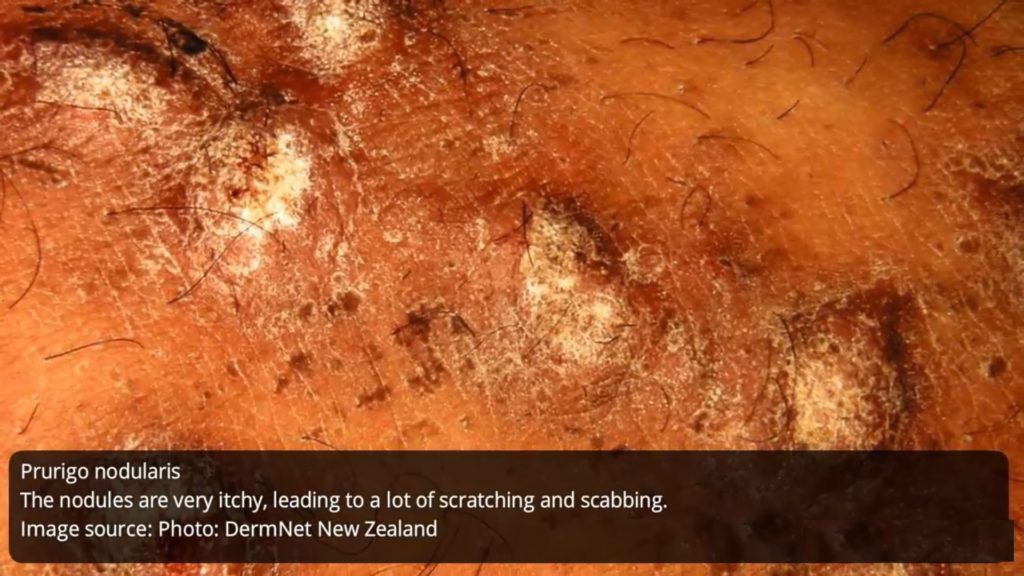
It is a skin disorder characterized by hard, itchy lumps (nodules) on the skin. The exact cause of this disease is not known. Compared to the other skin rashes, Pruigo nodularis rash can be intense, causing to scratch to the point of bleeding. Prurigo nodularis occurrence is quite rare when suffering from HIV.
A majority of patients with prurigo nodularis is found between ages 51 and 65 years
Severe Xerosis
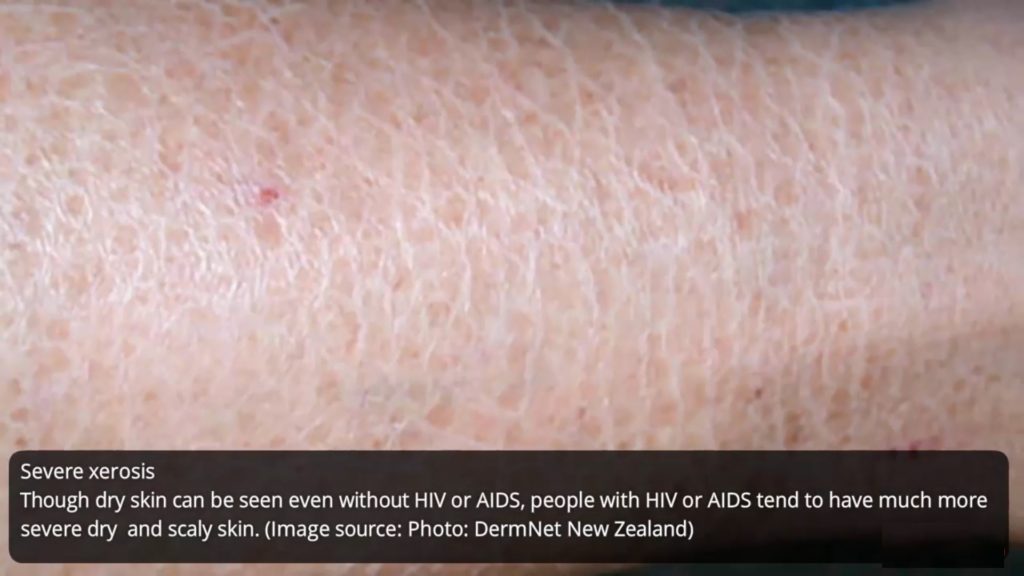
Characterized by dry skin which is dull, flaky, or rough, itchy (pruritic). Xerosis is one of the most common manifestations of skin infection found in HIV + people. Moreover, Xerosis typically gets worse during the winter season when the air is generally colder and drier.
Emollients treatment is used to soothe the dry skin problem caused by Xerosis
Severe Xerosis in more than 20% of people with HIV-1.
Warts
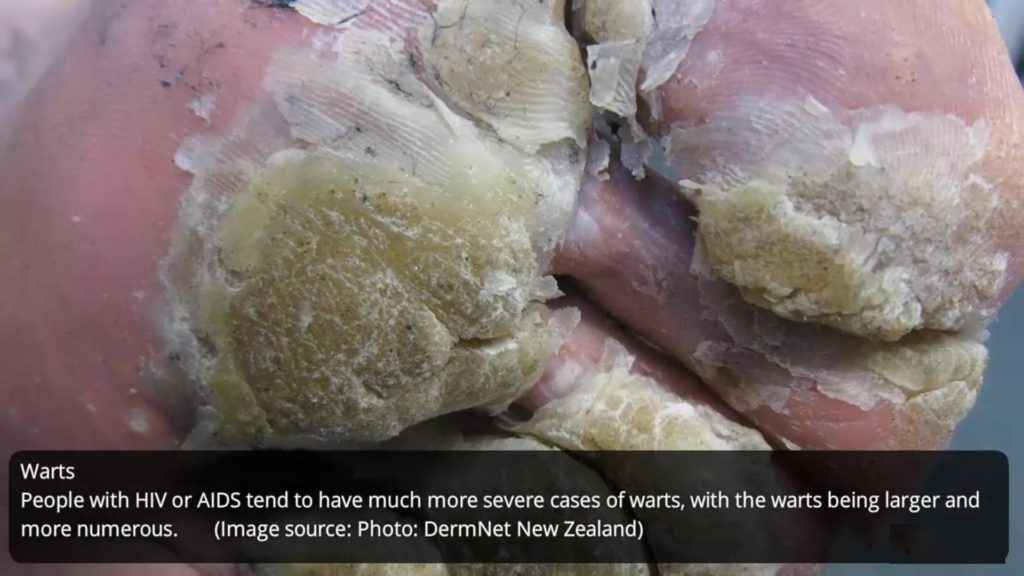
Warts are one of the common problems that happen to an HIV-positive patient. These papules erupt anywhere on the body including the anus, mucous membrane, vagina, scrotum, mouth and penis.
In case of HIV it is very difficult to treat warts, the worse the prognosis for ultimate eradication.
People living with HIV have more severe sores in the rectum and area around the cervix.
Oral Hairy Leucoplakia (OHL)
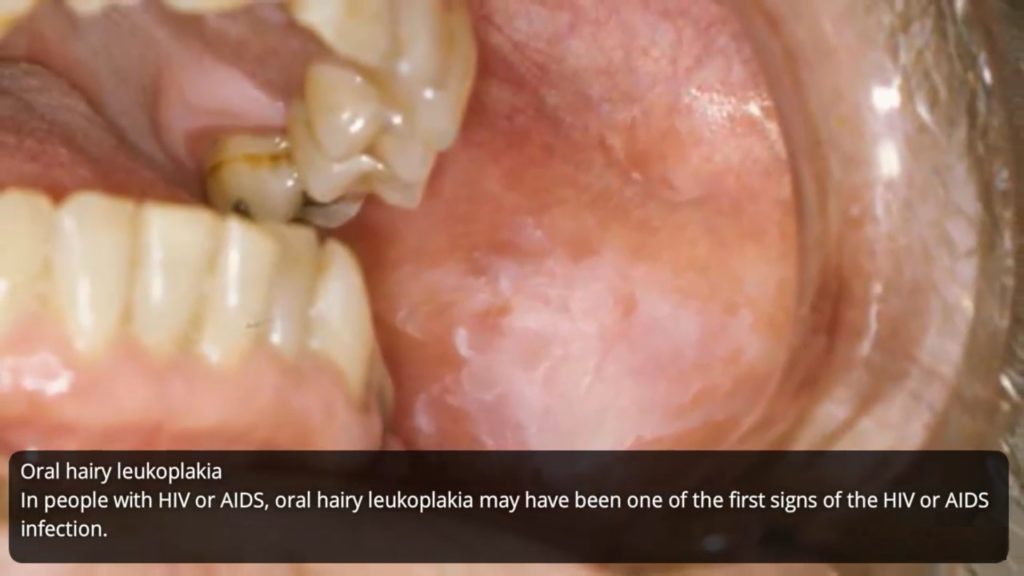
It is the skin disease characterised by condition triggered in most cases by the Epstein-Barr virus (EBV). The peculiar sign of Oral hairy leucoplakia is that it make the tongue yellow (thus it is also known as yellow tongue HIV). This happens due to low immune system created by HIV.
OHL usually does not require treatment or cause serious symptom
Thrush (Yellow tongue HIV)
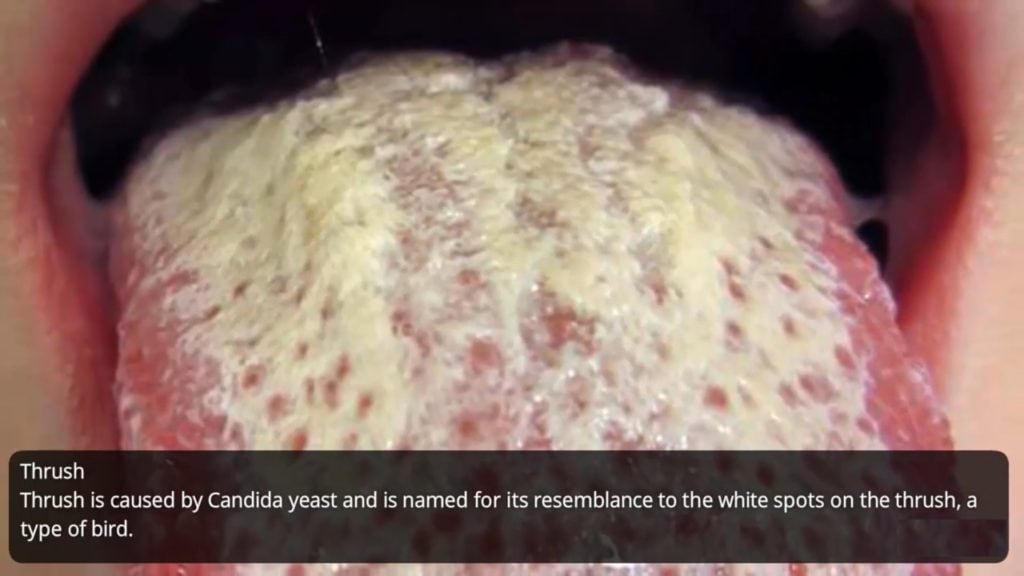
Thrush is caused by Candida yeast and is named for its resemblance to the white spots or the yellow coating on the tongue. It normally is found in the mouth but its population is kept in balance by your immune system as HIV virus weakens the immune system and creates an imbalance.
Candida becomes invasive when the CD4 count is less than 200 cells/mL in people with AIDS.
Kaposi sarcoma
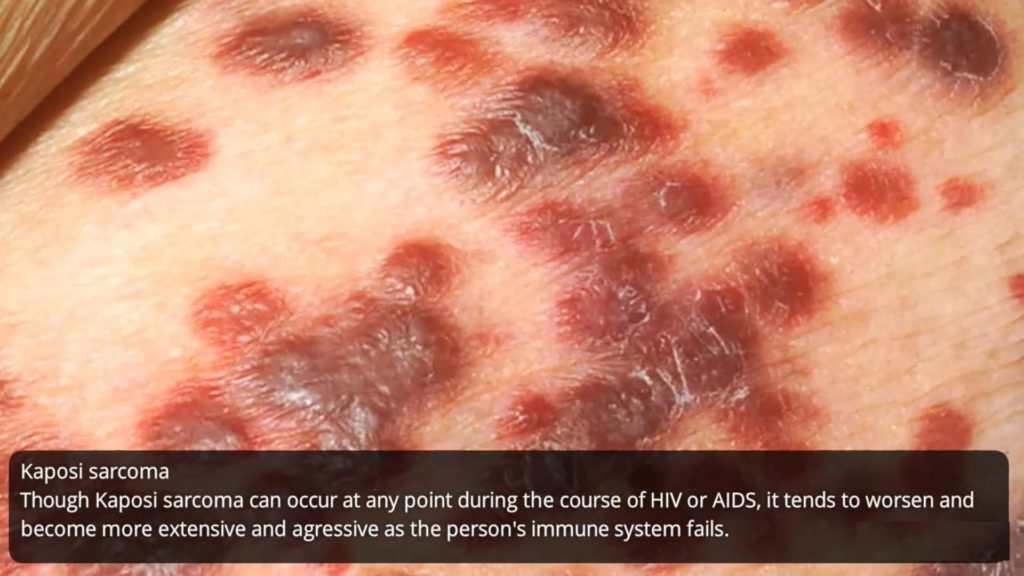
It is the skin infection caused that causes patches of abnormal tissue to grow under the skin, in the lining of the mouth, nose, and throat, in lymph nodes, or in other organs. It happens because of the Infection with a virus called the Kaposi sarcoma-associated herpesvirus (KSHV)
This disease is infectious and can spread through saliva by means of kissing.
Individuals with HIV had a 50 percent chance of developing the Kaposi sarcoma.
Seborrheic Dermatitis, Psoriasis and Tinea
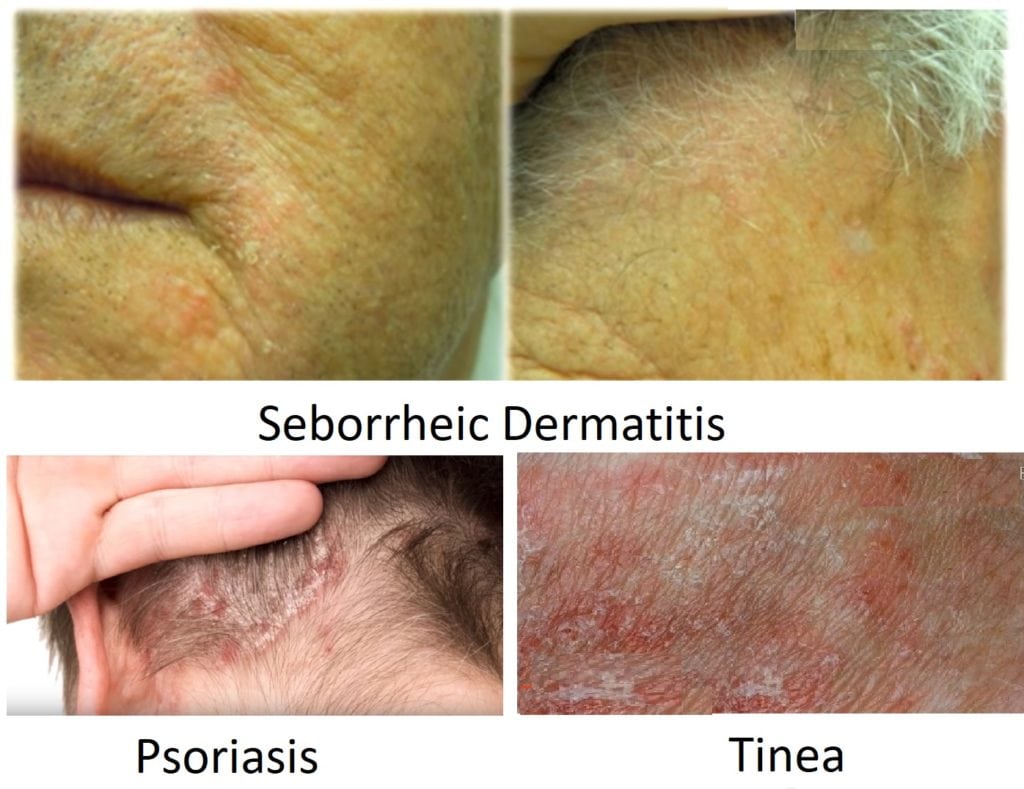
In rare case Seborrheic Dermatitis, Psoriasis and Tinea are found to be caused due to HIV. SIgns being dry skin, irritation on Scalp, face, and ears and other bodies parts etc.
HIV rash on face
Does HIV rash accompany any other symptoms on the body?
HIV seroconversion ashes accompanied with the following symptoms the chances are that a person is carrying HIV virus.
- Nausea and vomiting
- Loss of appetite
- Joint pain
- Mouth sores
- Enlargement of your glands
- Blurred or hazy vision
- Fever
- Diarrhea
- Muscle pain
- Cramps and body aches
Rash due to medication or treatment of HIV
These rashes appear as a side effect of the medication and not by the disease itself. HIV rash result out of antiviral medication appears raised reddish lesions that may appear anywhere on the body.
It is important to have timely diagnoses of the STDs. HIV rashes or other STD symptoms can be identified using symptoms. The above article is an attempt to help you identify HIV symptoms based on pictures and may even alert to begin treatment. However, to confirm the presence of STD, it is essential to get tested in the nearby STD testing Center.
